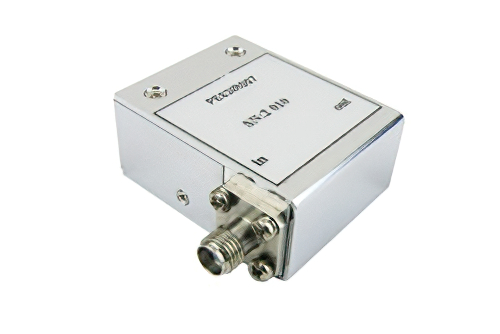
Routing the high-speed traces on the top layer avoids the use of vias and the introduction of air inductances and allows for clean interconnects between isolator and the transmitter and receiver circuits of the data link. Layer stacking should be in the following order from top to bottom:

A minimum of four layers is required to accomplish a low EMI PCB design. When designing the digital isolators, it is important to keep in mind that due to the single-ended design structure, digital isolators do not conform to any specific interface standard and are only intended for isolating single-ended digital signal lines.Ĭareful consideration of layouts should be used when using a digital isolator. The voltage range normally ranges from 3 volts to 5.5 volts for both supplies, VCC1 and VCC2, though some devices may support a larger supply voltage range. The receiver demodulates the signal after advanced signal conditioning to produce an isolated output through a buffer stage.ĭigital isolators use single-ended CMOS or TTL logic switching technology. This is achieved by using a modulator to transmit high frequency carrier across the barrier to represent either a high or low digital state and no signal to represent the other state. In effect, the less a digital isolator is visible to the input signal, the better.ĭigital isolators couple data across an isolation barrier. And it's desirable for the digital isolator to have a low latency or propagation delay, low noise, and a high data rate. This is the data signal that's needed by the PLC processor to function.Ī digital isolator is used to eliminate any errors due to ground loops. The sensor signal is usually conditioned by filters, protection circuits, an amplifier, and digitized by an ADC.

Some form of isolation is needed to ensure accuracy. Sensor inputs can operate at varying voltages, ranging from as low as 3 volts to 48 volts or higher, and a digital isolator helps provide for this type of application.įor example, if the microprocessor is operating at 3.3 volts and the inputs range from 24 volts to 48 volts, this could cause a significant potential difference in ground voltages, which can introduce damaging voltage levels to the devices present, skew sensor data, and introduce errors. Digital isolators are most commonly used when potential ground differences are present.


 0 kommentar(er)
0 kommentar(er)
